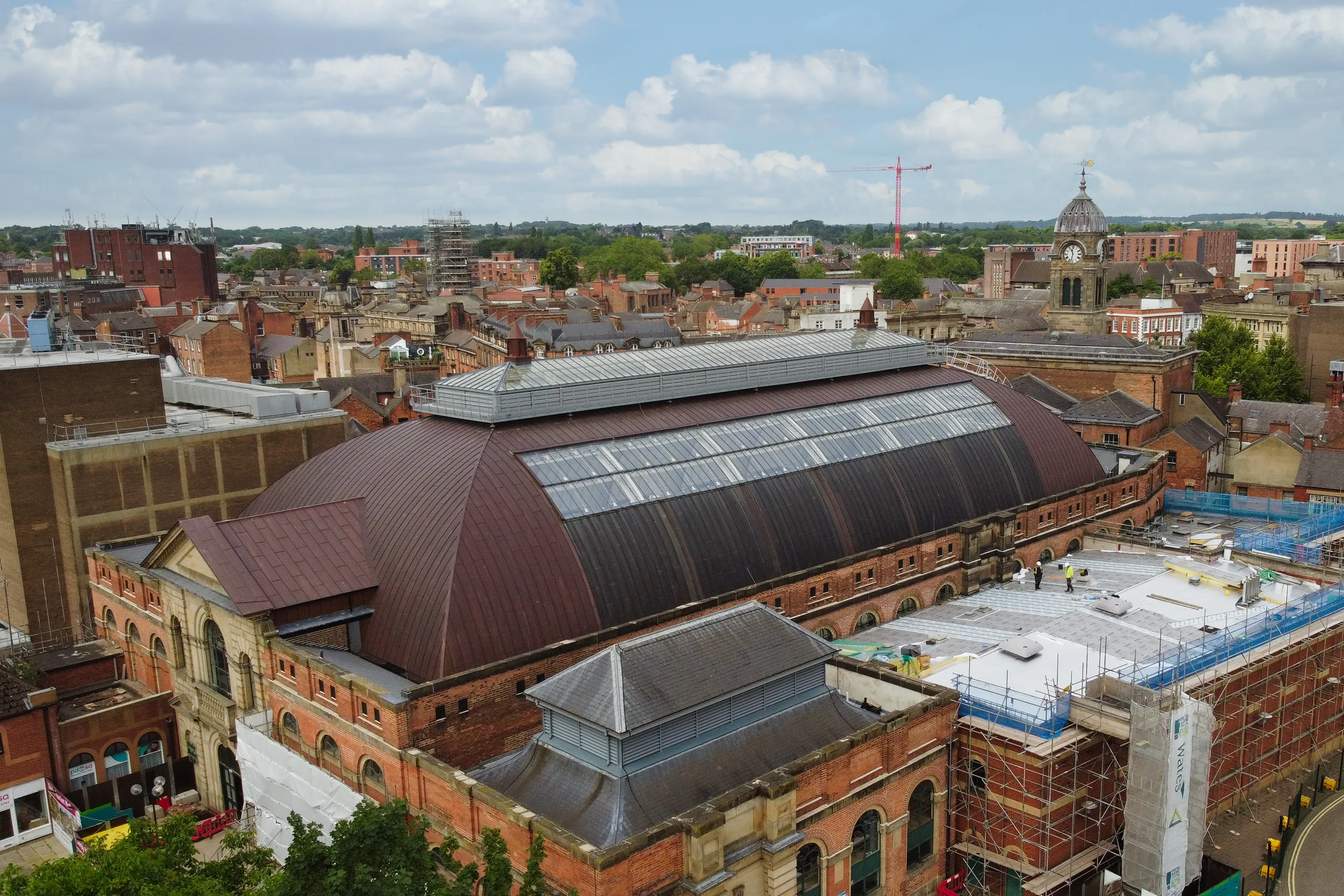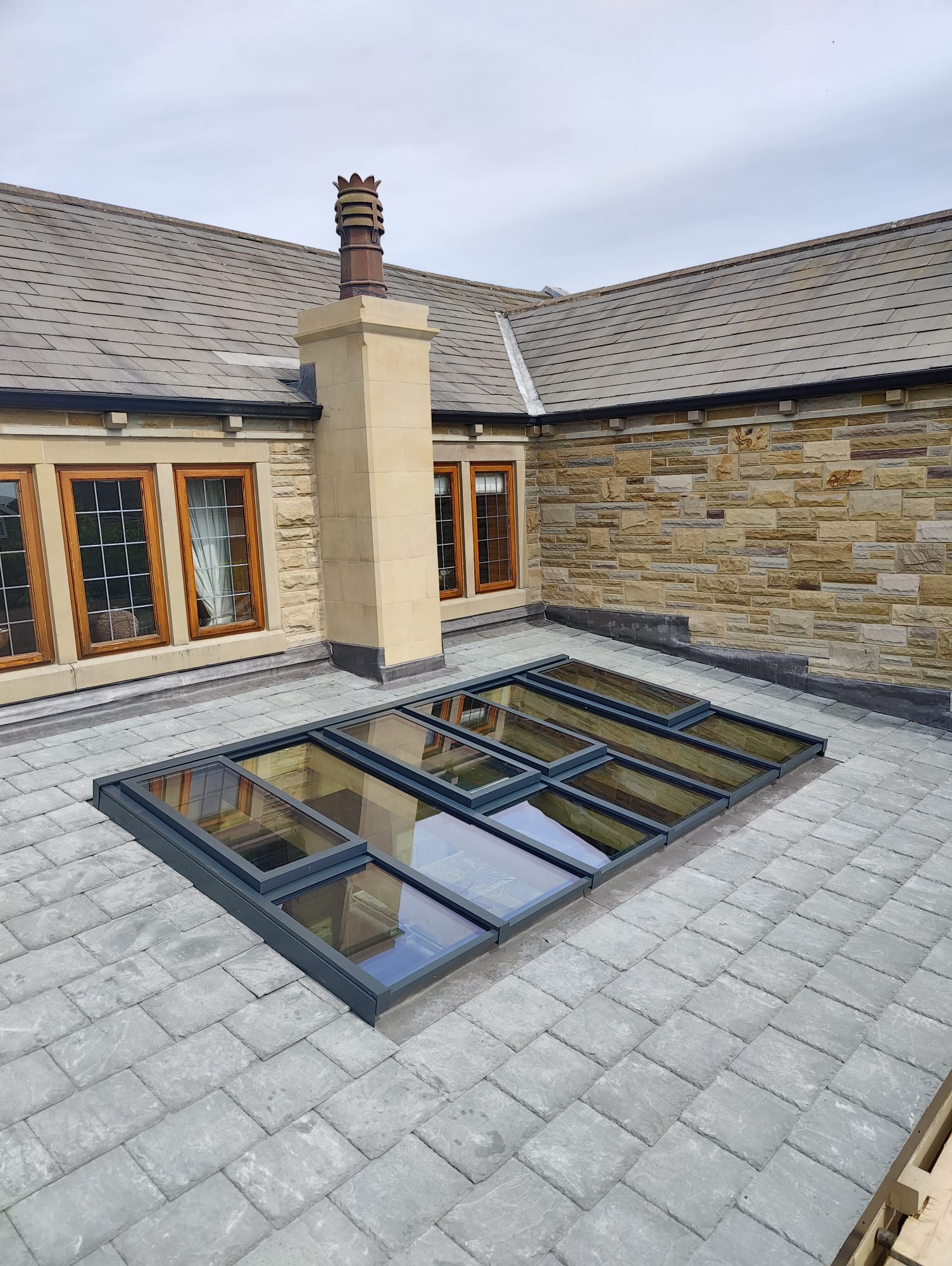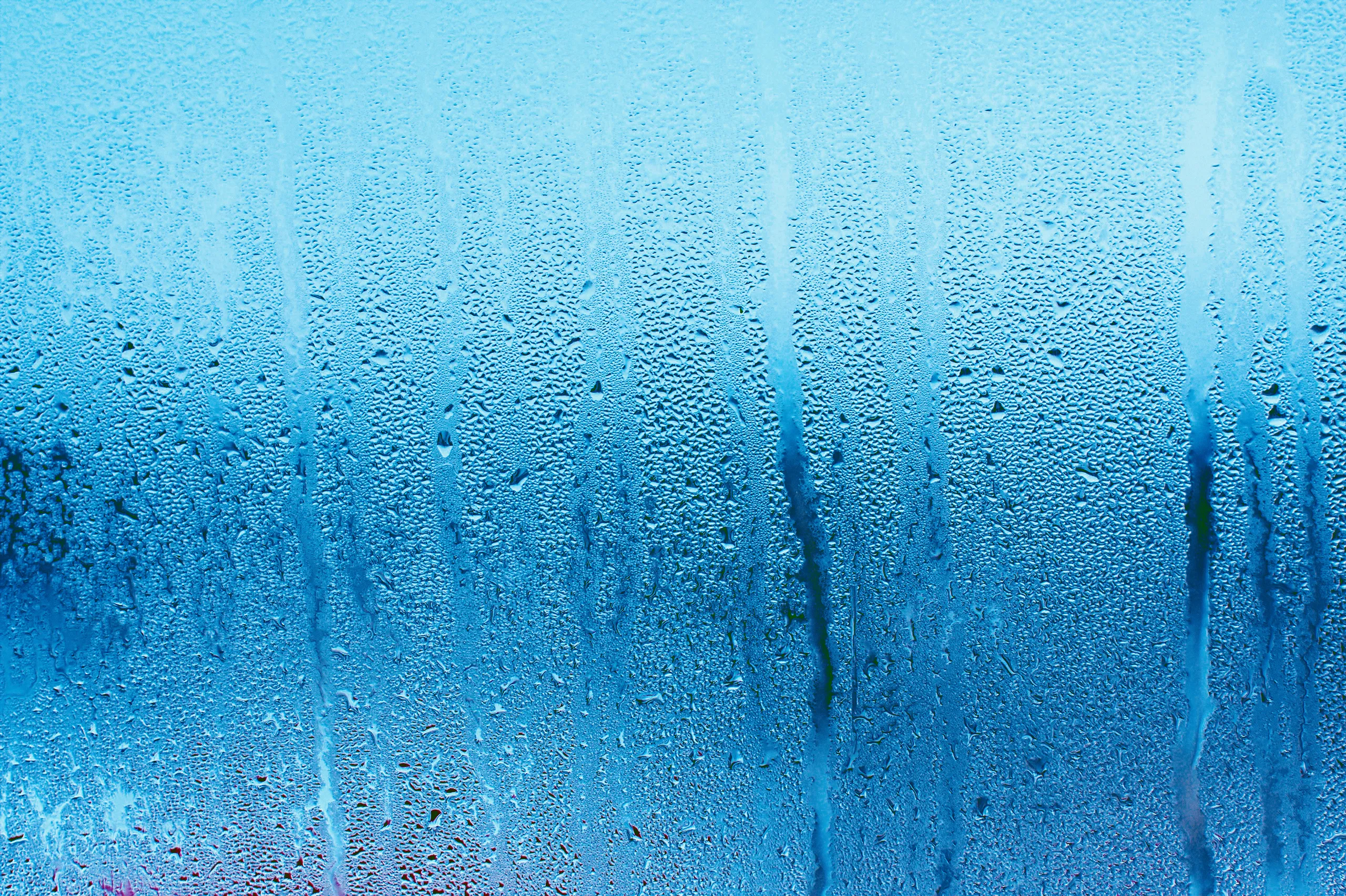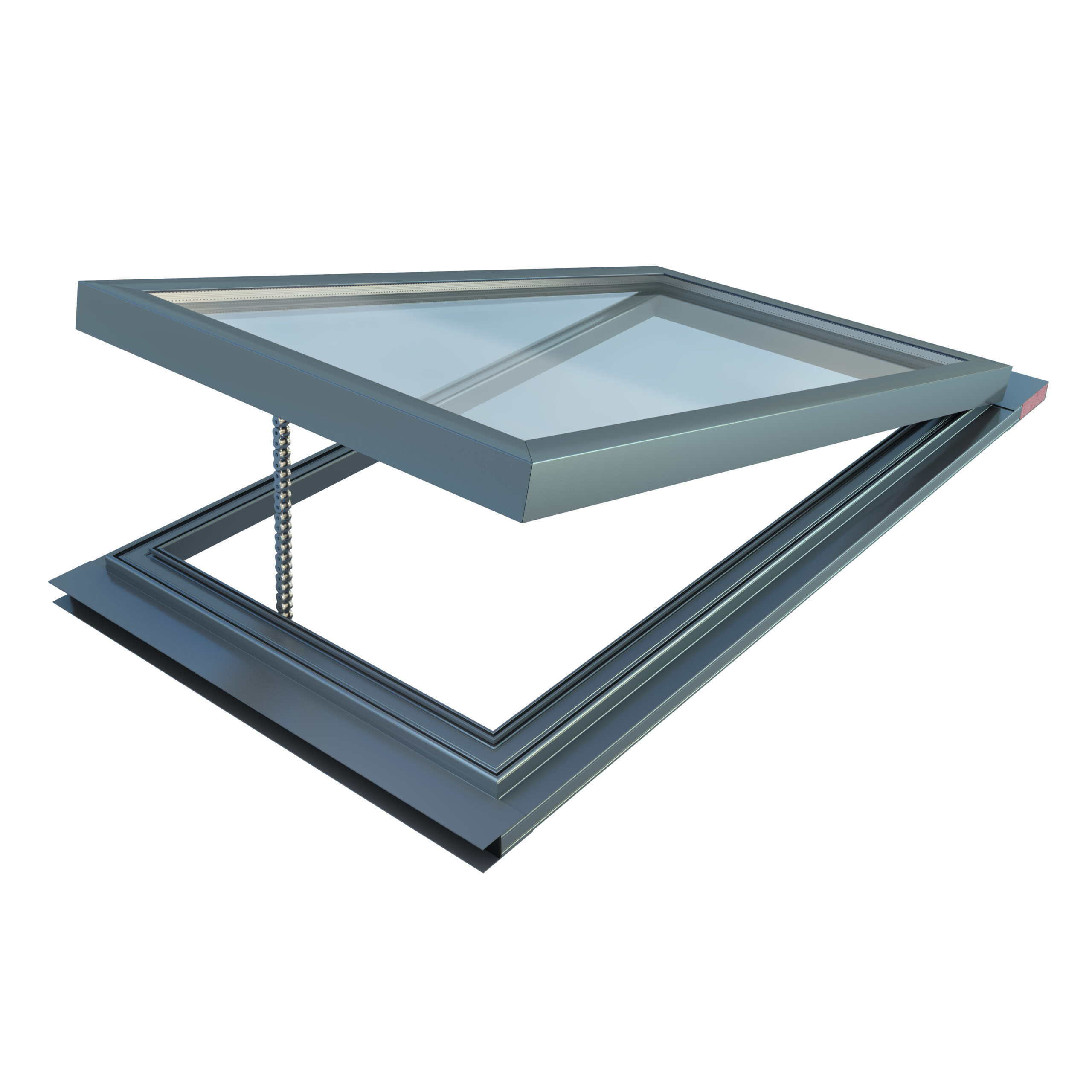At The Standard Patent Glazing Co Ltd, innovation is a core value.
Weather Resistance & Airtightness


Testing
We prioritise weather resistance, air permeability, and wind resistance in the development of our patent glazing systems. Demonstrating our dedication to these principles, we have invested heavily in our own testing facility equipped with a state-of-the-art weather testing machine. This allows us to continually enhance and perfect our glazing systems, ensuring they meet the highest standards of robustness and reliability.
Pitch
Experience has shown that patent glazing used in pitches at 30° and above will produce excellent weather resistance as well as acceptable self-cleaning attributes. The steeper angle allows rainwater to naturally wash away dirt and debris, maintaining the glazing’s clarity and performance with minimal maintenance.
However, pitches as low as 5° or even lower can be achieved successfully by means of additional sealing to the perimeter flashings. This ensures that the glazing remains watertight and secure despite the shallower angle. When considering such low pitches, there are certain factors you need to take into account to ensure the system’s effectiveness and longevity. Additional cleaning is required at these lower pitches to maintain the clarity of the glazing, as the reduced angle does not allow rainwater to effectively wash away dirt and debris. Regular maintenance will help prevent potential issues related to dirt build-up and ensure the glazing remains clear and functional.
Weather Resistance
Our roof glazing systems are essentially capable of being glazed without a pitch at all. However we don’t recommend installing roof glazing at very low pitches for a number of reasons.
Firstly the rainwater will not disperse effectively from the glass (see image opposite showing how rain droplets like to adhere to glass even on a vertical plane).
If the rainwater is not able to shed naturally from the glass due to an insufficient slope within the design then it will dissipate through evaporation. Fine? Well no, not really. Dust in the air will be caught by the raindrops and the evaporation of the water will leave a series of ‘water marks’ on the glass which will build up over time. This again is not a problem if the roof glazing is subject to a regular cleaning schedule. So please do ensure that if you are designing roof glazing with a very shallow pitch that there is easy access to the roof glazing to allow for cleaning on a regular basis. If this isn’t carried out then it won’t be long before not just water marks are on the glass but a full garden beginning to take root!


Opening Vents & Low-Pitched Roof Glazing
Introducing our newly designed, self-draining opening vents, manufactured using cutting-edge automated robotic welding technology for market-leading robustness and weathertightness. These vents provide a durable and efficient natural ventilation solution. Our vents can be installed in roof pitches as low as 5°. However, if regular cleaning is not feasible, we recommend a pitch of 15° or higher. This helps prevent rainwater from ponding within the outer vent framework, avoiding unsightly water marks.